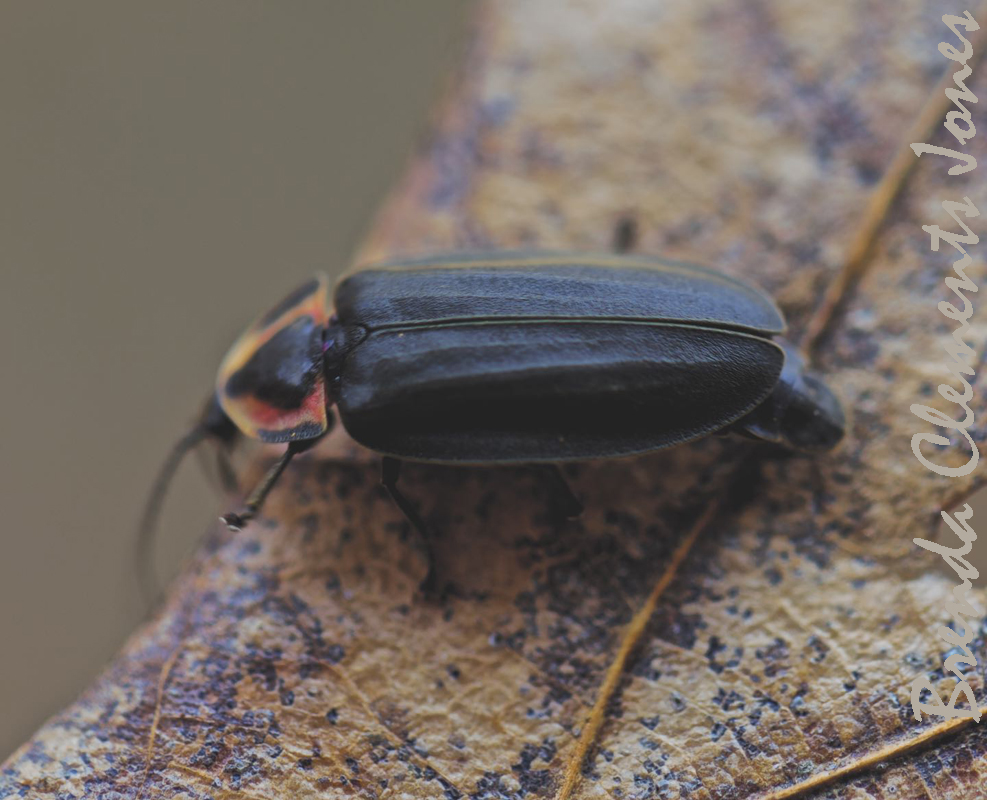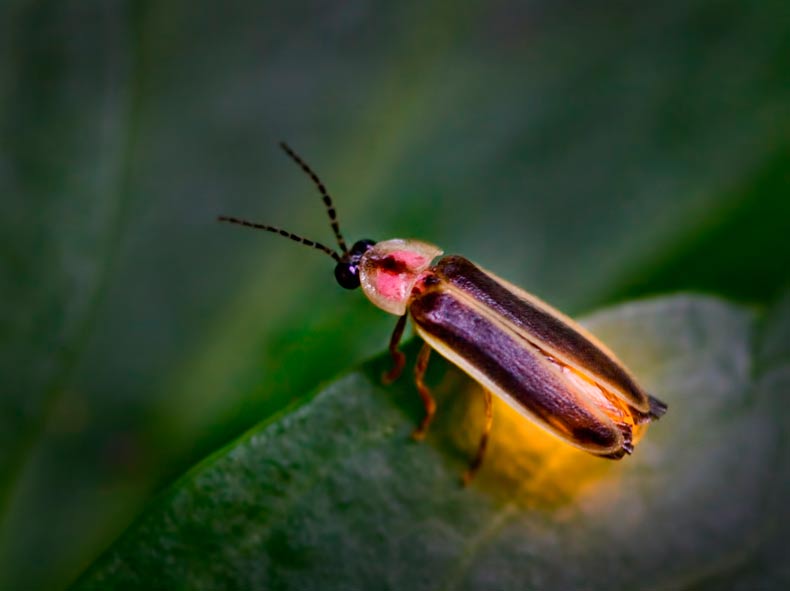
They built it using highly transparent carbon nanotubes, which are only a few nanometers thick and enable light to pass through. To fabricate a glowing actuator, the researchers incorporated electroluminescent zinc sulfate particles into the elastomer but had to overcome several challenges along the way.įirst, the team had to create an electrode that would not block light. When a voltage is applied to that cylinder, the electrodes squeeze the elastomer, and the mechanical strain flaps the wing. These durable actuators are made by alternating ultrathin layers of elastomer and carbon nanotube electrodes in a stack and then rolling them into a squishy cylinder.

Previously, these scientists demonstrated a new fabrication technique to build soft actuators, or artificial muscles, that flap the wings of the robot. Joining Chen on the paper are EECS graduate students Suhan Kim, the lead author, and Yi-Hsuan Hsiao Yu Fan Chen SM ’14, PhD ’17 and Jie Mao, an associate professor at Ningxia University. The research was published recently in IEEE Robotics and Automation Letters. This process adds just 2.5 percent more weight without impacting the flight performance of the robot. He and his colleagues accomplished this by embedding minuscule electroluminescent particles into the artificial muscles.

Assistant Professor in the Department of Electrical Engineering and Computer Science (EECS), the head of the Soft and Micro Robotics Laboratory in the Research Laboratory of Electronics (RLE), and the senior author of the paper. This is a major step toward flying these robots in outdoor environments where we don’t have a well-tuned, state-of-the-art motion tracking system,” says Kevin Chen, who is the D. But for a tiny, power-constrained robot, we are forced to think about new modes of communication. “If you think of large-scale robots, they can communicate using a lot of different tools - Bluetooth, wireless, all those sorts of things. Fish are especially attracted to these.These artificial muscles, which control the wings of featherweight flying robots, light up while the robot is in flight, which provides a low-cost way to track the robots and also could enable them to communicate. The Bestiary entry for the Lightning Bug: " Appears at night in blessed locations, filling the sky with flashing cyan light.In real life, lightning bug is just another name for a firefly, not a distinct insect.Although it may seem as if the Lightning Bug is the "Firefly version" of the Enchanted Nightcrawler (both 35% bait power with similar color changes), it is not crafted, contrary to the Enchanted Nightcrawler.

Note that they only spawn in The Hallow, which makes them Hardmode-exclusive.

Lightning Bugs spawn during the night above Hallowed grass blocks. They have 5 health and usually serve as ambient entities in Terraria. Lightning Bugs are harmless critters that can be caught with a Bug Net and do not normally interact with the player in any other way, except in that they can be killed by both players and enemies. Not to be confused with Etherian Lightning Bug.


 0 kommentar(er)
0 kommentar(er)
